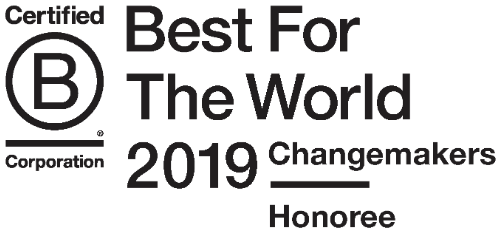4:20PM in fair Boulder, where we lay our scene.
The soothing hush of the office is broken by the sound of an Upslope Lager being opened. Although many would think that the dojo's dizzying creativity is due to a good old fashioned 4:20 smokedown, we are readying for our weekly organizational development meeting. If you had asked me a few months ago what organizational development meant, I would have replied 'beats me.'
Every week the dojo4 staff convenes for exercises and instruction that leads us towards a stronger team dynamic and more effective communication. At the outset of the org dev process we discussed what each team member requires to feel energetic and productive. Each team member has their own working style and approach to the dojo4 culture. Steve Bailey requires a morning full of equestrian tantra and Fred Jean loves to retreat to his garden sanctum where flower petals blow freely on the cool breeze. Some folks require social engagement and other love the quiet of a still workspace. It's important to have the option to work quietly and to be socially engaged when appropriate. We find that knowing each others working style breeds understanding and mutual trust. Except for the fact that Kerry writes Python. That is one issue none of us feel secure about.
In later sessions the org dev facilitators Michael Rich and Sam Elmore discussed the triune brain model. This model posits that the brain consists of a reptilian, paleomammalian and a neomammalian layer. In high-stress situations resources that would normally be allocated to the higher brain functioning of the cerebral cortex (neomammalian) get directed to the amygdala. The amygdala is the region of the brain that is acutely active during a stress response. The human neural network is a product of billions of years of survival and hair-trigger fight or flight responses. During the often intense world of client interaction, team conflict, and deadlines these survival mechanisms pose a threat to the sanity of the team and the individual. We use the colors green, yellow, or red to indicate our personal stress level to ourself and to teammates.
Once awareness is brought to discordant mental states we find it easier to metabolize the emotion or mental state and get back into a flow state. The ability to sustain an increased sense of existential intensity is helpful for having any disturbing interpersonal communications with team members or clients. In a professional context we often try to evade disturbance and its accompanying anxiety in favor of short-term solutions or passivity. When disturbing issues are avoided they sometimes fester and can transform into a ritualized struggle that can mask the original interpersonal or professional difficulty. Right now we are exercising our teams ability to have honest and skillful discussions around topics that may otherwise trigger a contraction into self-absorbtion or doughnut binges.
The process will be ongoing and I will continue to report on my findings. I think in the long run many of these practices are necessary for a team culture to thrive. The caveat is that initially the process can be a bit disruptive and adds another meeting to a studio's already busy schedule.
No blog post is complete without a candid of a team member.

 Tweet
Tweet








